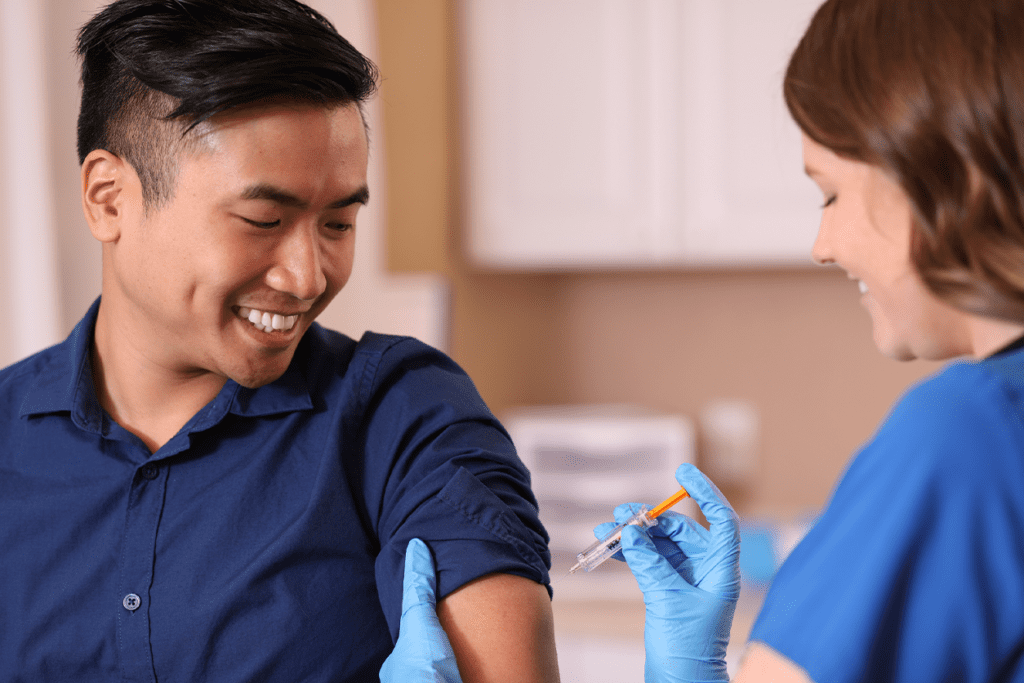
Following updated WHO treatment guidelines, we take a second look at Hepatitis B, its impact on public health, and key prevention tools.
Earlier this year, the World Health Organization (WHO) published updated treatment guidelines for patients with Hepatitis B. So in today’s post, we revisit this infection and its impact on public health. We have previously visited this topic around Centers for Disease Control and Prevention (CDC) guidelines to screen for Hepatitis B.
What is Hepatitis B?
Hepatitis B is a viral infection that leads to inflammation in the liver. It carries the potential to establish itself as a chronic infection. Chronic inflammation of the liver can lead to cirrhosis and elevated risk of liver cancer over the patient’s lifetime. Hepatitis B can be treated with medications but it does not permanently cure the disease. In this sense, Hepatitis B infection is similar to HIV infection. Unlike Hepatitis C infection, which can be cured with treatment, medications used for treating chronic Hepatitis B must be taken for life. The goal of these medications is to slow down liver damage that leads to cirrhosis and liver cancer.
Hepatitis B stats
WHO estimates that 254 million people live with chronic Hepatitis B around the globe- and as many as 1.2 million are newly infected each year. Around 1.1 million people around the world died from Hepatitis B in 2022, mostly from cirrhosis and liver cancer. Those numbers are understandably grave, and given that treatment does not result in cure, we must emphasize ways to prevent these infections to begin with.
Immunization and testing keys to prevention
On this front, there is much to cheer as Hepatitis B can be prevented easily through the use of an effective vaccine that has been available for many years. The current version is a recombinant vaccine under the trade name Heplisav-B. This vaccine can be administered in two doses to everyone aged 18 or older. For children under that age, an alternative vaccine is administered as part of a three-dose series that can be given as early as 24 hours after birth.
Beside immunization, testing remains key in bringing more cases to light. Given that most chronic cases remain asymptomatic for years, increased testing can close the knowledge gap among those infected with Hepatitis B who remain unaware of their infection. Besides offering them a chance to access treatment, this also decreases their chances of spreading the infection to others.
Primary.Health partners with communities, public health organizations, and other large groups to power easy, affordable testing and vaccinations outside clinic walls — for Hepatitis B and other health conditions. Take the first step toward protecting your people – call 1-855-970-3223, email sales@primary.health, or contact us for information about our tech-powered diagnostics.
Disclaimer: This blog content and linked materials are not intended as individual medical advice, diagnosis or treatment, and should not be considered as such. Any readers with medical concerns should contact a licensed healthcare provider. This blog is provided for informational purposes only.
